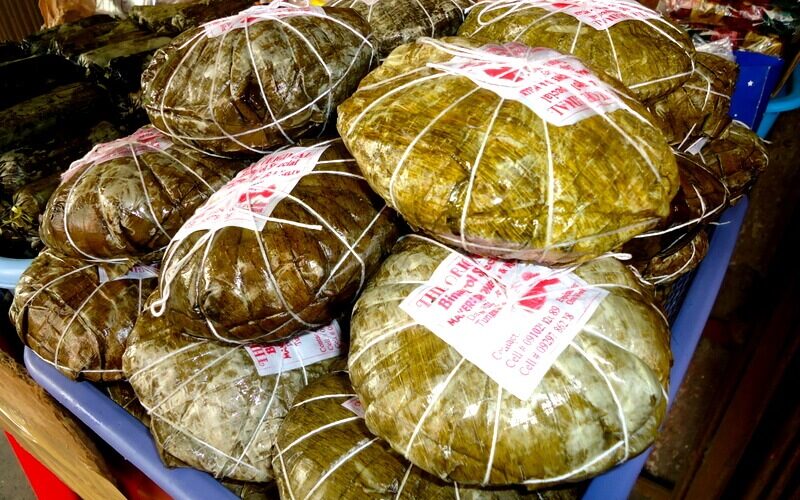Introduction
Adobo is a popular dish in Filipino cuisine, with savory, tangy, and slightly sweet flavors. It is thought to have originated in the Philippines during the pre-colonial period, when native Filipinos used vinegar to preserve meat in the tropical climate. However, Spanish colonization had a significant impact on the dish’s current form, particularly the use of soy sauce.
The name “adobo” originates from the Spanish word “adobar,” which means to marinate or season. This represents the cooking method of marinating meat in vinegar, soy sauce, garlic, bay leaves, and black peppercorns before simmering until tender.
The exact year of its discovery is unknown, as adobo has been a staple of Filipino cuisine for centuries. However, it gained widespread popularity during the Spanish colonial period and has since become a favorite dish in the Philippines and among Filipino communities around the world.
There are numerous variations of adobo, each with its own regional and personal twist.
There are numerous variations of adobo, each with its own regional and personal twist. Some of the most common types include:
1. Chicken Adobo
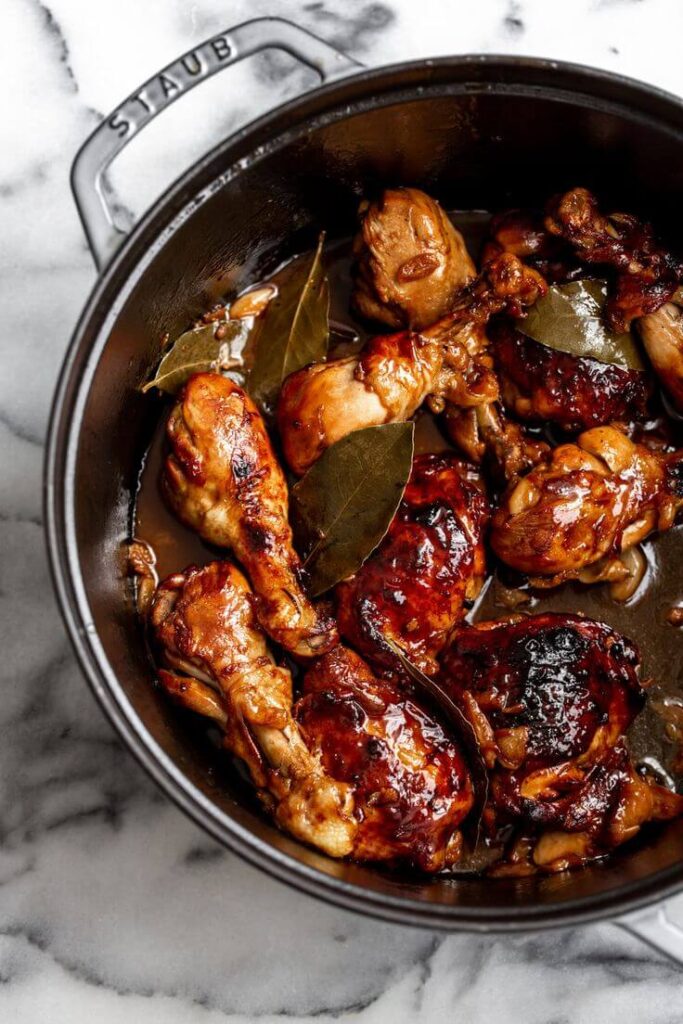
Chicken is the most common meat used in adobo, known for its tender texture and ability to absorb the rich flavors of the marinade.
2. Pork Adobo
Pork is another popular choice for adobo, with cuts like pork belly, shoulder, or ribs being commonly used. Pork adobo is often slightly fattier and more indulgent than other variations.
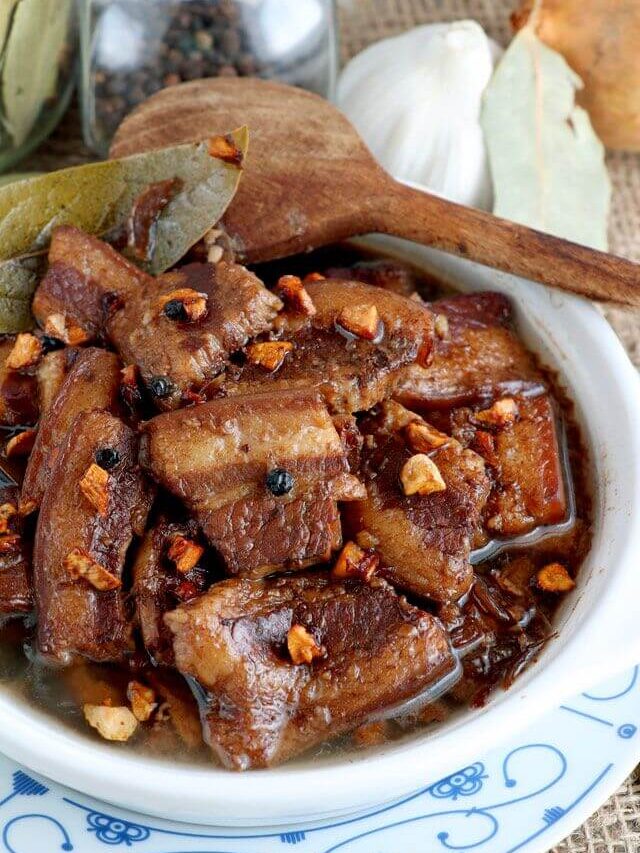
3. Adobong Manok at Baboy
This version combines both chicken (manok) and pork (baboy) in the same dish, offering a mix of flavors and textures.

4. Adobo sa Gata
This version of adobo includes coconut milk (gata) along with the traditional vinegar and soy sauce base, giving it a creamy and slightly sweet flavor.

5. Adobong Pusit
In this variation, squid (pusit) is cooked in the adobo sauce, resulting in a seafood-centric dish with a unique flavor profile.
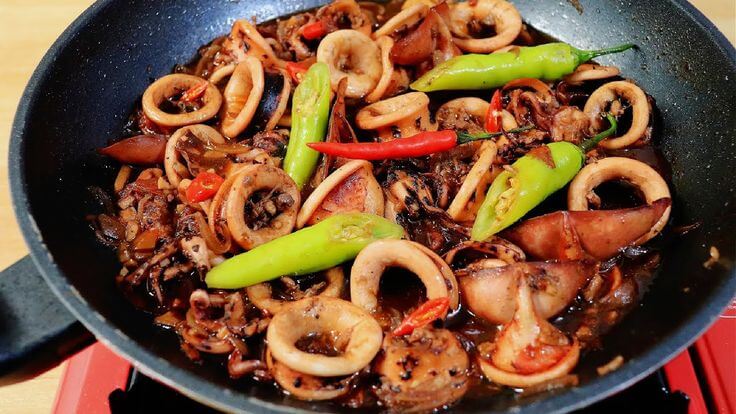
6. Adobong Kangkong or Sitaw
For a vegetarian option, water spinach (kangkong), or String Beans / Yard long beans (sitaw), or other vegetables can be cooked in the adobo sauce, providing a flavorful and nutritious dish.
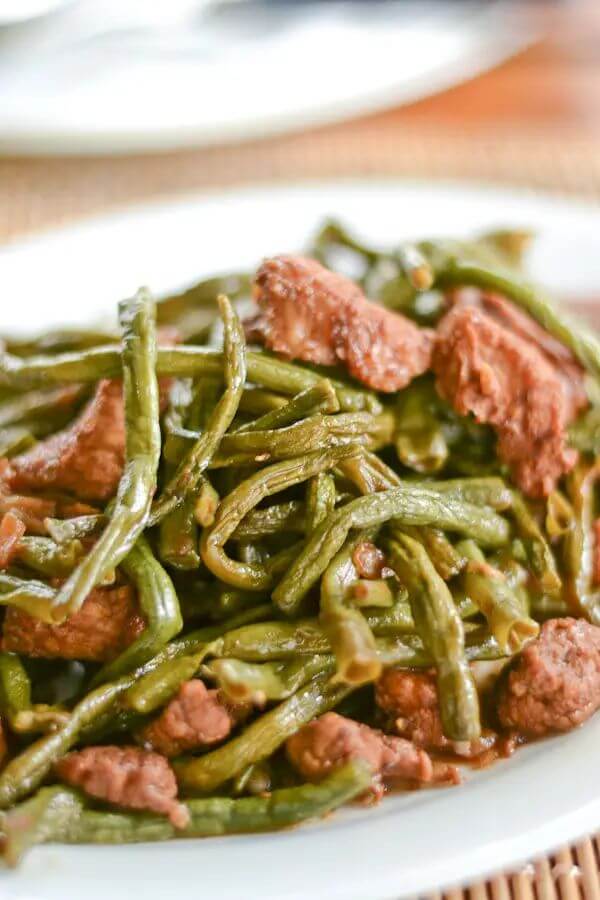
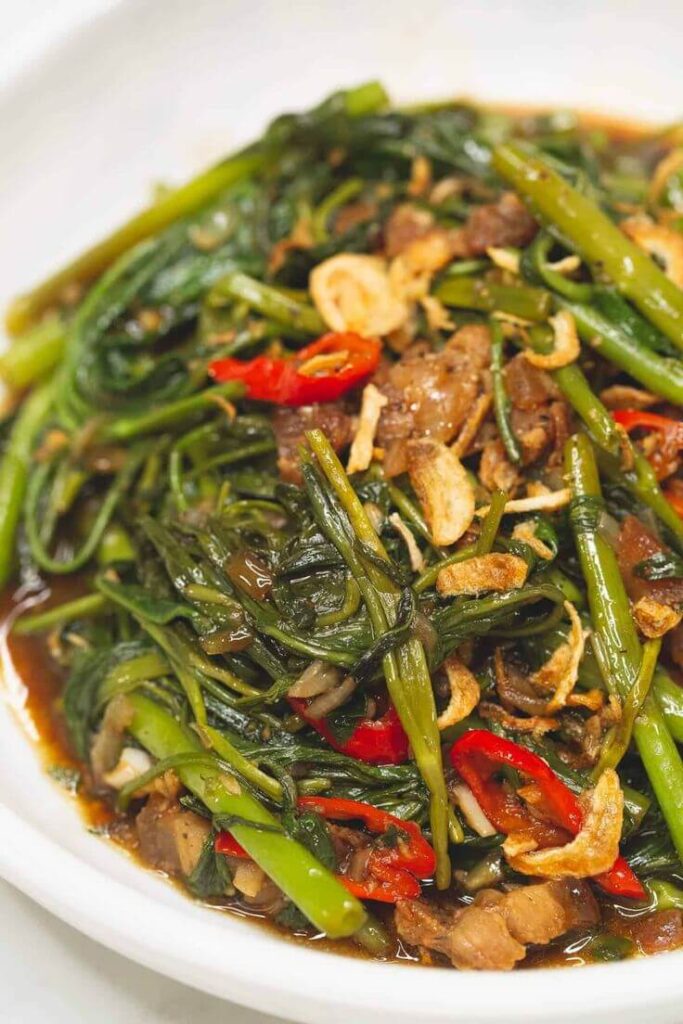
Conclusion
These are just a few examples of the many variations of adobo that can be found throughout the Philippines. Each region and household may have its own unique take on this beloved dish, making it a truly versatile and customizable part of Filipino cuisine.
Embark on a journey of discovery with our captivating narratives and explorer’s insights here at Travelista PH.
Share this post: on Twitter on Facebook


